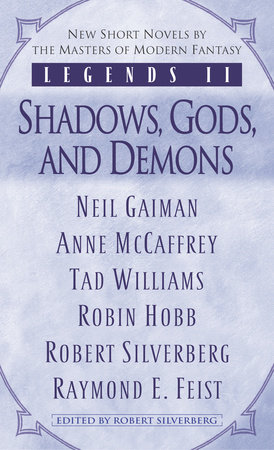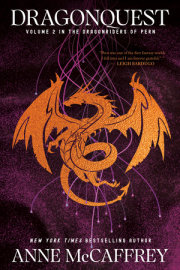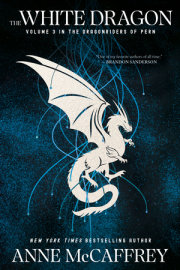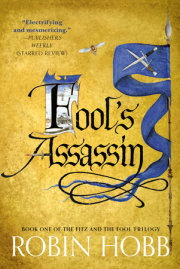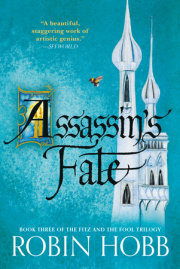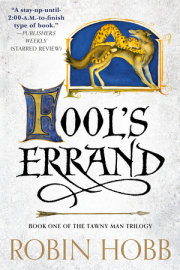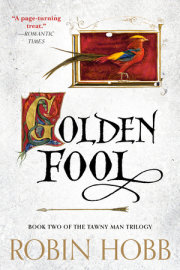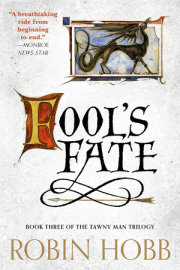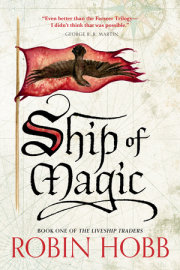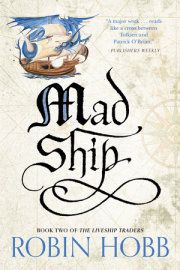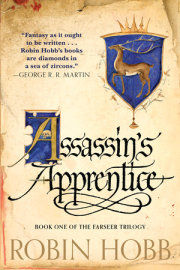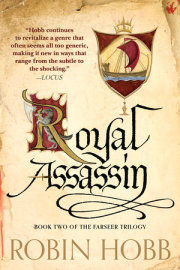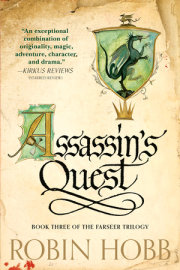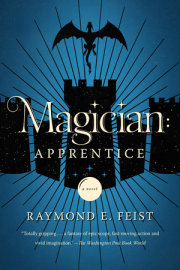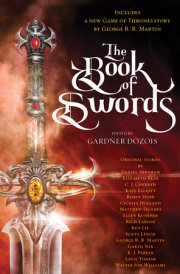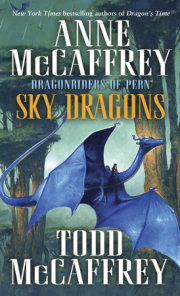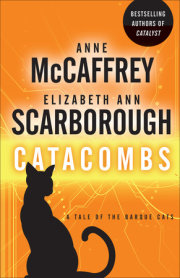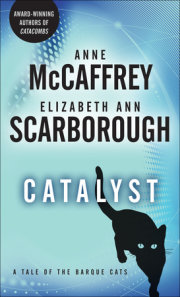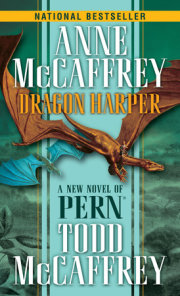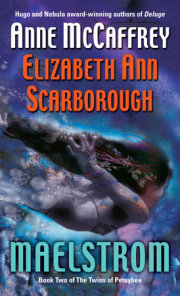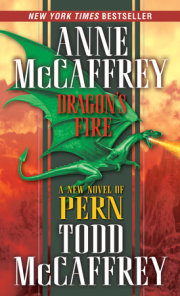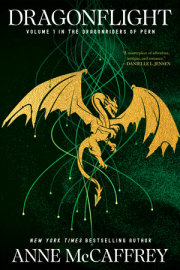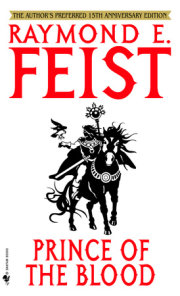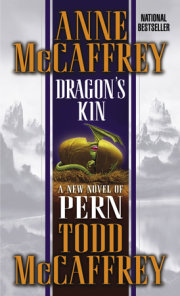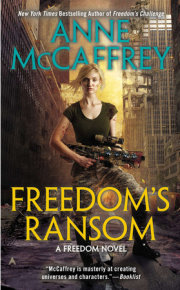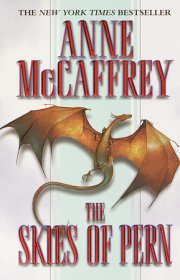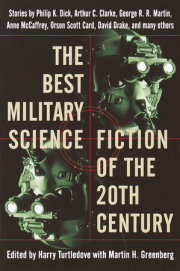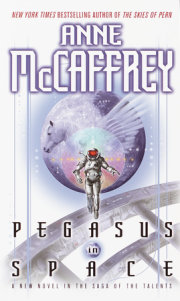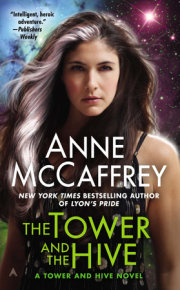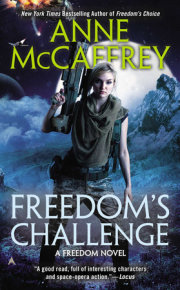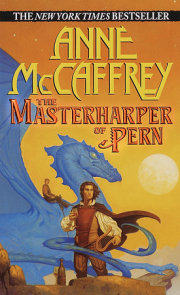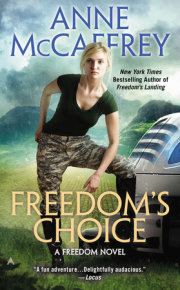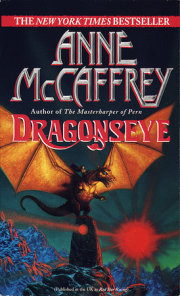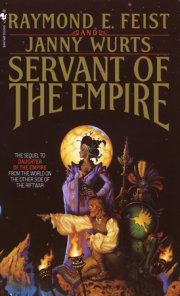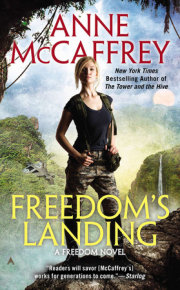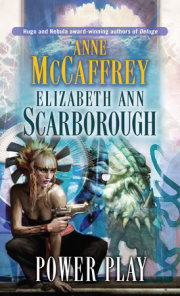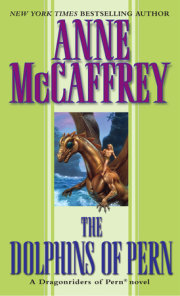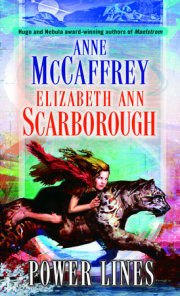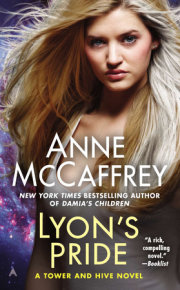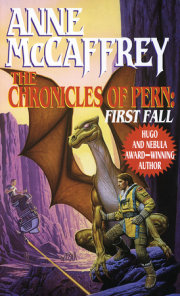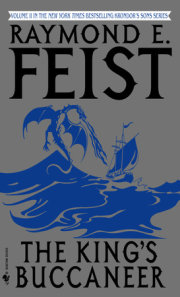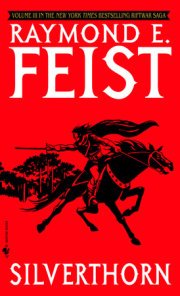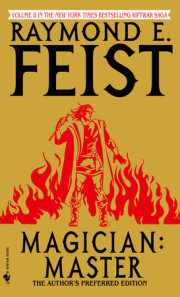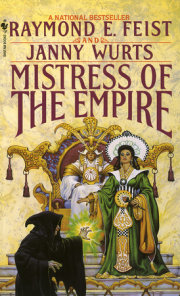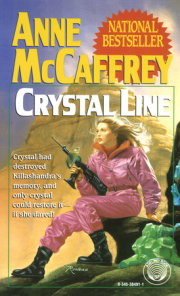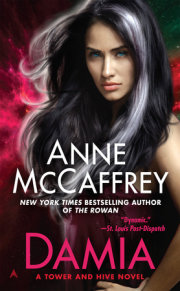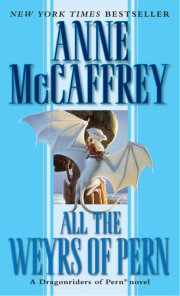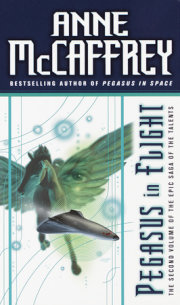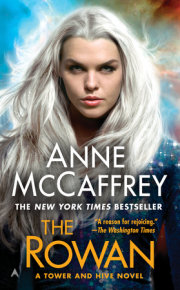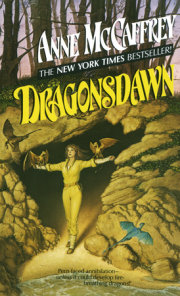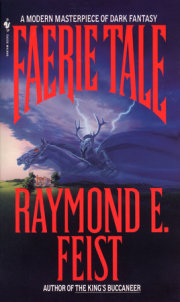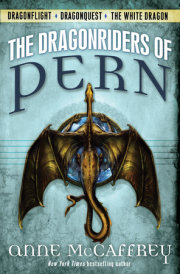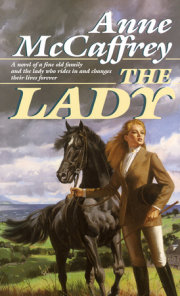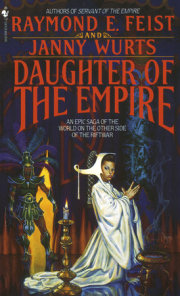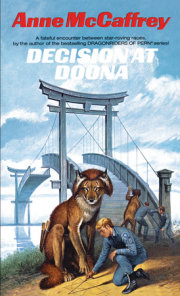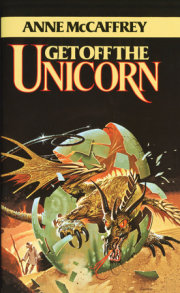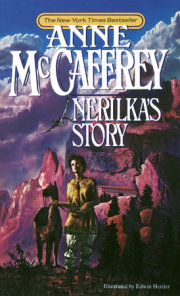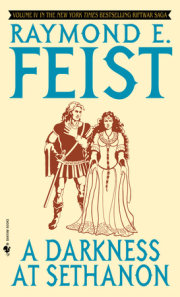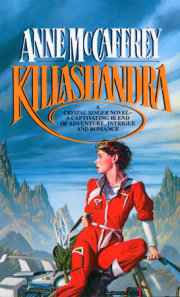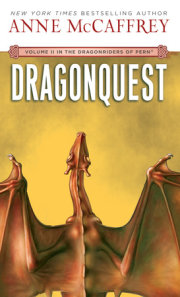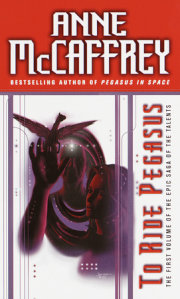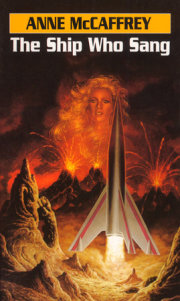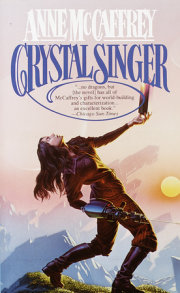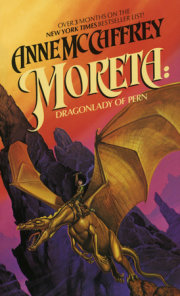IntroductionThe first
Legends anthology, which was published in 1998, contained eleven never-before-published short novels by eleven best-selling fantasy writers, each story set in the special universe of the imagination that its author had made famous throughout the world. It was intended as the definitive anthology of modern fantasy, and judging by the reception the book received from readers worldwide it succeeded at that.
And now comes
Legends II. If the first book was definitive, why do another one?
The short answer is that fantasy is inexhaustible. There are always new stories to tell, new writers to tell them; and no theme, no matter
how hoary, can ever be depleted.
As I said in the introduction to the first volume, fantasy is the oldest branch of imaginative literature as old as the human imagination itself. It is not difficult to believe that the same artistic impulse that produced the extraordinary cave paintings of Lascaux and Altamira and Chauvet, fifteen and twenty and even thirty thousand years ago, also probably produced astounding tales of gods and demons, of talismans and spells, of dragons and werewolves, of wondrous lands beyond the horizon tales that fur-clad shamans recited to fascinated audiences around the campfires of Ice Age Europe. So, too, in torrid Africa, in the China of prehistory, in ancient India, in the Americas: everywhere, in fact, on and on back through time for thousands or even hundreds of thousands of years. I like to think that the storytelling impulse is universal that there have been storytellers as long as there have been beings in this world that could be spoken of as human and that those storytellers have in particular devoted their skills and energies and talents, throughout our long evolutionary path, to the creation of extraordinary marvels and wonders. The Sumerian epic of Gilgamesh is a tale of fantasy; so, too, is Homer’s
Odyssey, and on and on up through such modern fantasists as E. R. Eddison, A. Merritt, H. P. Lovecraft, and J. R. R. Tolkien, and all the great science-fiction writers from Verne and Wells to our own time. (I include science fiction because science fiction, as I see it, belongs firmly in the fantasy category: It is a specialized branch of fantasy, a technology-oriented kind of visionary literature in which the imagination is given free play for the sake of making the scientifically impossible, or at least the implausible, seem altogether probable.)
Many of the contributors to the first
Legends were eager to return to their special worlds of fantasy for a second round. Several of them
raised the subject of a new anthology so often that finally I began to agree with them that a second book would be a good idea. And here it is. Six writers Orson Scott Card, George R. R. Martin, Raymond E. Feist, Anne McCaffrey, Tad Williams, and myself have returned from the first one. Joining them are four others Robin Hobb, Elizabeth Haydon, and Diana Gabaldon who have risen to great fame among fantasy enthusiasts since the first anthology was published, and one grand veteran of fantasy, Terry Brooks, who had found himself unable at the last minute to participate in the first volume of
Legends but who joins us for this one.
My thanks are due once again to my wife, Karen, and to my literary agent, Ralph Vicinanza, both of whom aided me in all sorts of ways in the preparation of this book, and, of course, to all the authors who came through with such splendid stories. I acknowledge also a debt of special gratitude to Betsy Mitchell of Del Rey Books, whose sagacious advice and unfailing good cheer were essential to the project. Without her help this book most literally would not have come into being.
Robert Silverberg
February 2003
Copyright © 2003 by Edited by Robert Silverberg. All rights reserved. No part of this excerpt may be reproduced or reprinted without permission in writing from the publisher.





